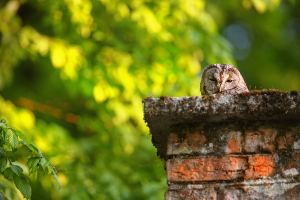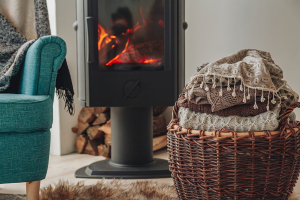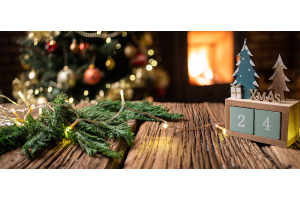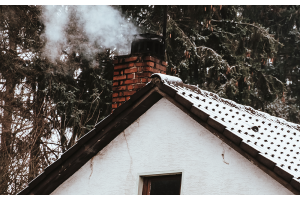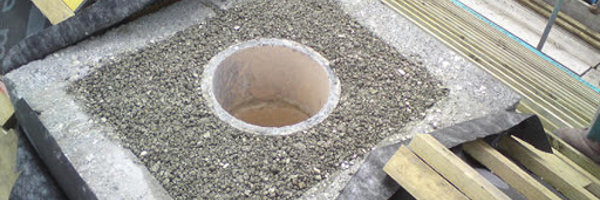
Currently there are no building regulations that say you must insulate your chimney liner when installing into a chimney stack.
There is however a regulation in place though where gases must be vented safely out a building.
Insulating your chimney liner ensures that waste gases are safely vented and travel externally away from the burning appliance.
If your existing chimney is located on an outside wall it is advised to insulate your liner, similarly if you have a large chimney stack it is also recommended.
Choosing to insulate your chimney liner, ensures that gases are safely vented and will travel directly up from the multi-fuel stove.
So by insulating your chimney liner within the chimney cavity, this will ensure that the gases are safely vented and will travel directly up from the multi-fuel stove and out through the chimney top.
This prevents condensation from forming and damaging the flue liner.
There are several different methods for insulating your liner.
You can cover a flexible liner by blanket-wrapping it with a suitable material, or by pouring Vermiculite, Perlite or Leca granules into the air gap between the liner and flue after/during installation.
A liner wrap will keep the flue gases hot, improving the draw and reducing the risk of a chimney fire. Installation is simple with sections of liner wrapped around before lowering the liner into a chimney.
An alternative option is to use backfill insulation for chimney flue liners. This is used to insulate around the chimney liner.
To be able to use this method, a register plate must be used to block the chimney from the bottom to stop it falling through.
This is similar to vermiculite insulation where the granules are poured from the top of the chimney around the chimney flue liner.
Unlike vermiculite, it will not compress if it gets damp/wet.

